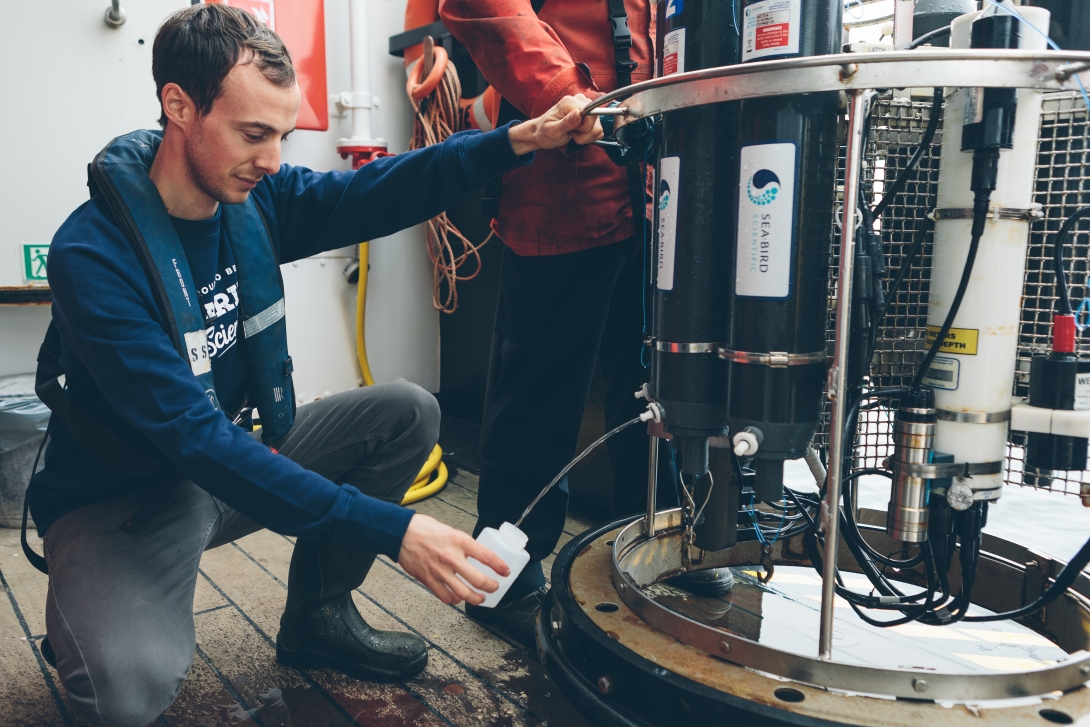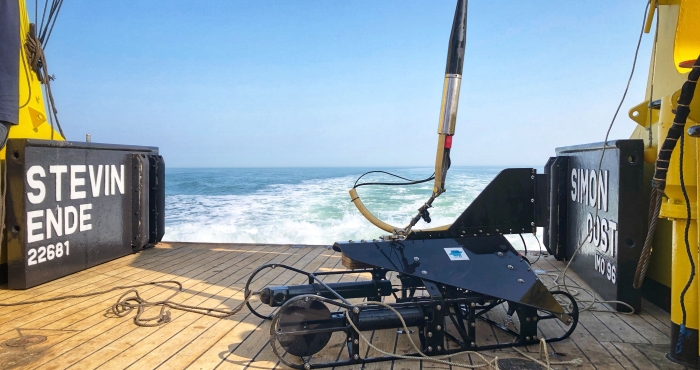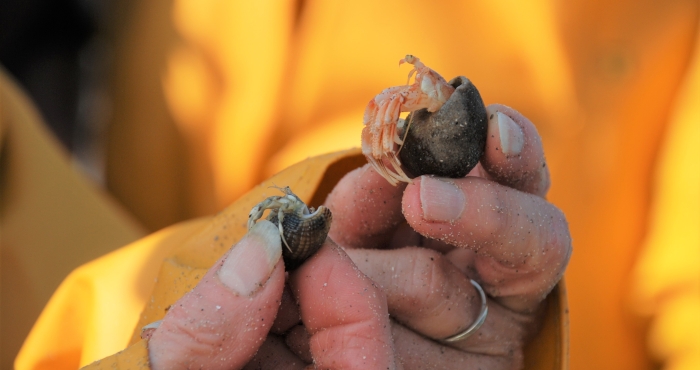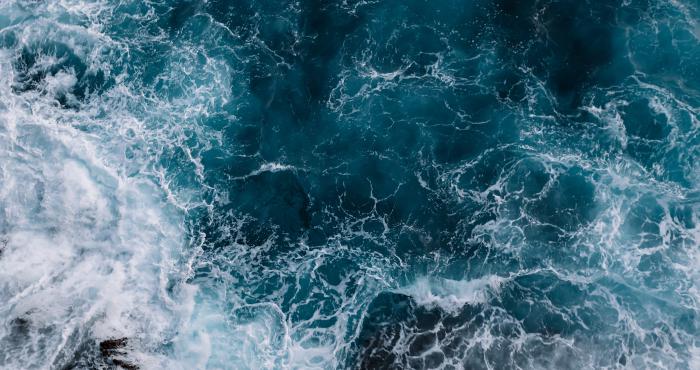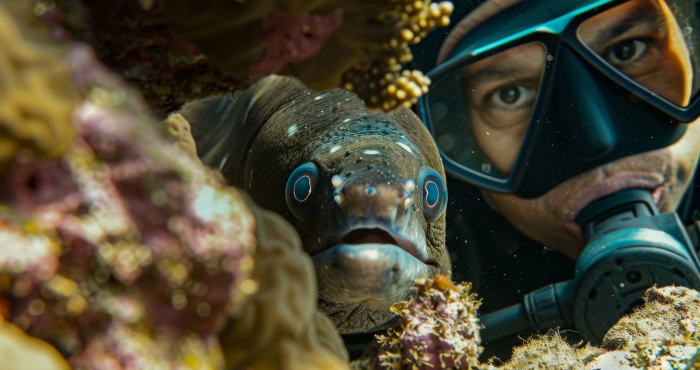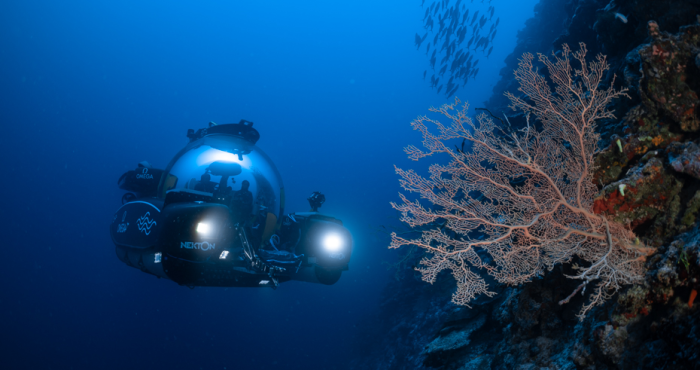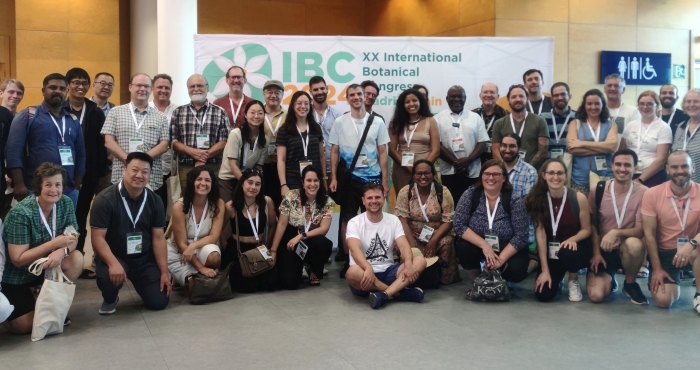
Environmental Monitoring
Time series are crucial, especially when dealing with water quality and the environment. Since 2002, augmented in 2012 by LifeWatch, samples were collected and analyzed to provide an important basis of the marine environment, to scientist working in the BPNS. These measurements include nutrient concentrations, temperature, salinity, pigment concentration and zoo-and-phytoplankton abundances.
Why do we study Environmental monitoring
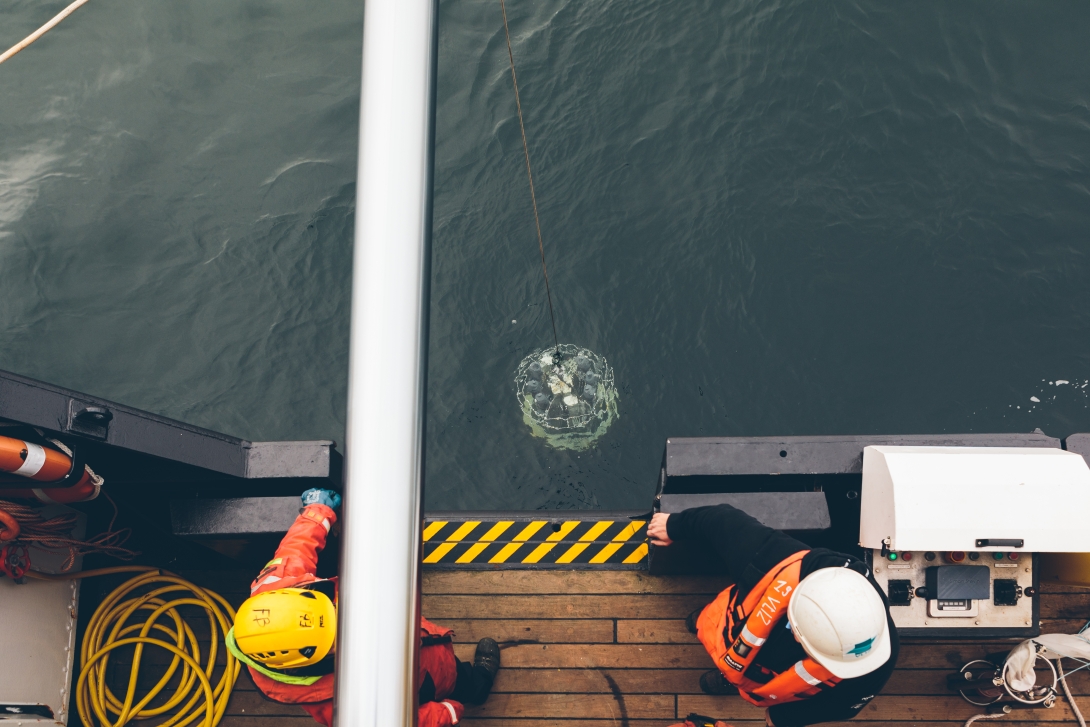
Measuring frequently with fixed protocols is important to create time series. Time series enable long-term monitoring to identify trends and seasonal cycles, assess the impact of climate change and human activities, and unravel complex food web interactions. Moreover, time series data are crucial for developing predictive models that forecast future changes and inform management strategies. They also help establish baselines and thresholds, allowing scientists to use plankton as bioindicators of ecosystem health, thereby providing critical insights for the sustainable management of marine environments.
What we do in LifeWatch
The strength of the measurements provided exist in the time frame covered: over 20 years for abiotic measurements and over 10 years for plankton; its dataflows fully described and collected with fixed sampling and processing protocols.
During the monthly LifeWatch campaigns, environmental parameters are collected at a number of locations in the Belgian part of the North Sea (BPNS).
